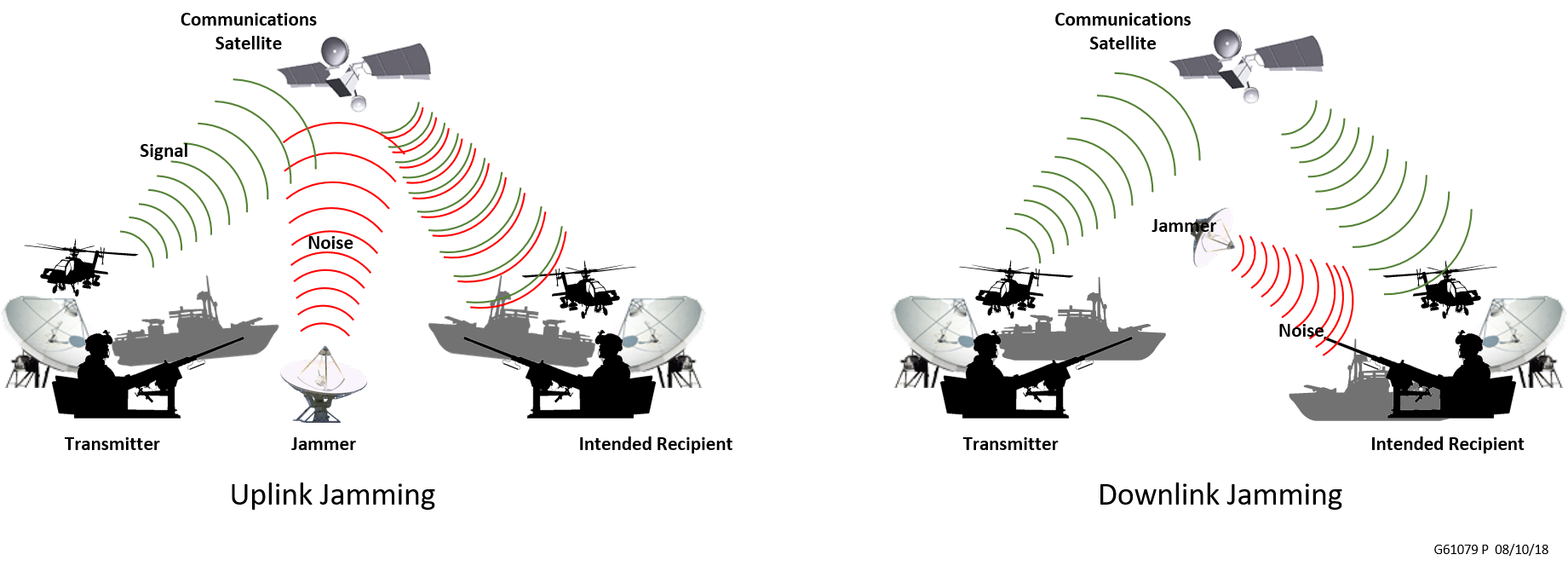
Over the last decade, governments and militaries around the world have been quietly investing more resources in new Electronic Warfare (EW) technologies. EW is where the rubber meets the road when it comes to cyberspace and warfare. A significant portion of new EW technologies relates to what is known as Signals Intelligence (SIGINT) and Communications Intelligence (COMINT) with a focus on gathering intelligence through intercepting various communications transmissions.
According to ReportsnReports, the market for such technologies is estimated to reach $30.32 billion by 2022. Several countries have already displayed these capabilities in minor skirmishes around the world, using EW tactics to specifically target communications networks. With militaries now tipping their cards and showing firsthand how they would effectively execute modern cyber and traditional warfare in tandem, we can apply new learnings for our own defense capabilities.
For example, upon the first stages of a nation-state invasion, a military would first begin to position its assets along or near the border and/or coastline of their adversary. The defending military, as would be expected, goes on high alert and lights up their satellite communications networks to share situational awareness from the frontlines. However, in doing so without EW countermeasures in place, the defending military may as well have set off high grade commercial fireworks above each military installation to announce their location because the invading military would be able to pinpoint the military installations using sophisticated SIGINT tools to detect, and possibly even intercept, the transmissions.
Once the coordinates of the ground stations are confirmed, invading military units could make their first move, not launching missiles or rockets but by launching a widespread jamming campaign to cripple the defending military’s satellite and radio networks. With frontline networks inoperable, the defending nation’s central leadership would be left in the dark while the invading forces are free to advance, secure and fortify advanced positions in short order.

How prepared is the U.S. and our allies to prevent this same type of early offensive attack on our military communications infrastructure?
The Army, in particular, is evaluating both short and long term solutions to advance its communications network resilience with the short term measures to help shore up the more obvious vulnerabilities. A key capability that is gaining interest relates to Anti-jam features in satellite and radio networks, called LPI/LPD (Low Probability of Intercept/Detection). One such way to start making satellite and radio communications more resilient (with LPI/LPD) in the short term is to lean on trusted commercial technology providers to do what they do best: innovate (rapidly).
Advances in commercial technology often lead to efficient and even lower cost options that the military can then fund system upgrades for mil-spec compliant solutions that meet their specific requirements. For instance, commercial advances in software defined modem and waveform technology at Hughes led to new breakthroughs in anti-jam technology. These breakthroughs enabled 2 new key capabilities – making the transmission essentially invisible to adversaries and overcoming the effects of multiple types of jammers for unprecedented levels of operational resiliency.
Another example of commercial innovation in this area is with certain high-throughput satellites, like the Intelsat EpicNG platform that utilizes smaller spot beams which can add more natural layers of resiliency because each beam has slightly different properties like frequency and polarization. This means the jammer would physically have to be within the same beam as the target asset and thus, the smaller spot beams would make jamming across a wide geographic area very difficult to execute.
Down the road, new Low Earth Orbit (LEO) constellations like OneWeb will also add new levels of space-based resiliency should adversaries take aim at the actual satellites in orbit. It’s obviously much more difficult to neutralize hundreds or even thousands of orbiting satellites as opposed to a handful of ‘stationary’ geosynchronous satellites.
One thing remains clear, the military knows there are holes in our defense communications capabilities. And while commercial industry certainly won’t be able to solve every problem in this area, it can help with rapidly developing solutions for deploying short-term resiliency measures.